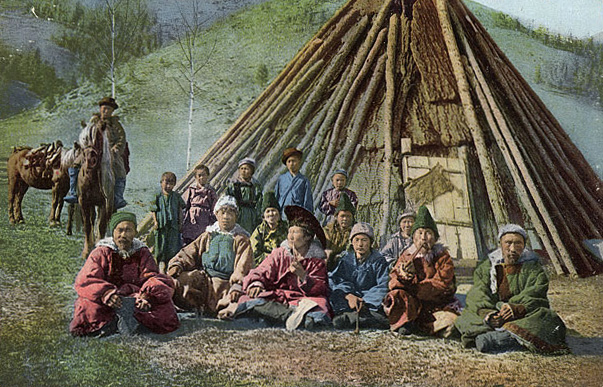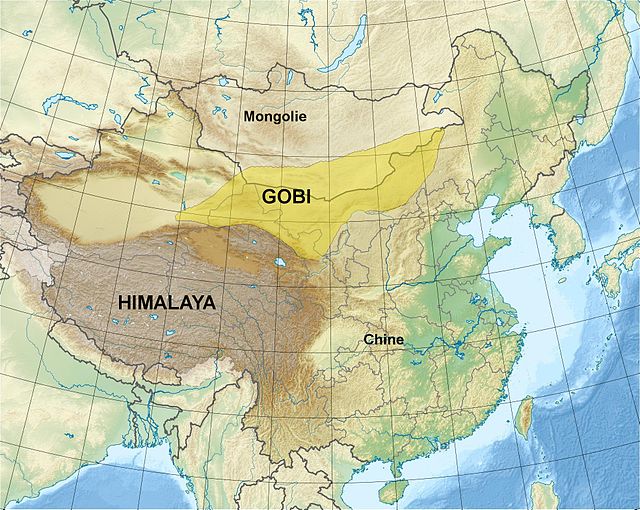
A Turkish team of scientists has identified three new ancient Altai Turk settlements in the Gobi Desert in Mongolia. The settlements excavated contained archeological artifacts reflecting the close connection of Altai Turks to the region of Mongolia.
The Gobi Desert is one of the largest in the world, and it was there that Semih Güneri and his fellow scientists conducted a study that began in 1995 as part of the “Archeological Resources of Turkish Culture in Central Asia Project.”
Three new Altai Turk settlements found in Gobi
Two of the three ancient Altai Turk settlements were discovered out in the open while the third was found within a cave. They contained figures of mammoths and other traces dating back to to the Upper Paleolithic Age. The stone samples collected from the settlements themselves established the timeline as between 15,000 and 12,000 B.C. The mammoth figures were of particular importance.
“The two mammoth figures we found in the Gurvan Sayhan Uul region were quite surprising for us,” Güneri stated. “The rock paintings of these large mammals, which became extinct in the last Upper Paleolithic Age, are the most interesting depictions of the time.”
In addition, the figures belonged to ancient Altai Turks from different time periods rather than only the Upper Paleolithic Age.
The illustrations are not, it seems, as solid a form of proof as written documents. Nevertheless, they do allow scientists to reconstruct the daily lives of the communities. This includes their customs for burial, life events, and style of houses.
From the Gobi Desert to Mongolia’s capital

Güneri’s team found the petroglyphs, paintings, and reliefs on rocks in Mongolia’s capital, Ulaanbaatar, and the Altai Mountains. The missing link was evidently the Gobi Desert towards which the team veered this past summer.
“This line of rock paintings, which also passed through the Gobi Desert, is the most important evidence of the Altai Turk’s presence in this region,” Güneri clarified.
“We completed the studies of the rock paintings that existed in a large area from the peaks of the Altai Mountains in the process of [thirteen] years of research,” Güneri announced.
Güneri highlighted the fact that the recording of the petroglyphs from the region of Gobi was far ahead of their estimates.
“We are conducting research on the Paleolithic period in the Mongolian region for [the] first time,” he said. “The presence of such early settlements in the desert area is exciting.”
More to be discovered
Güneri’s team still has much research to conduct in the quest for answers to all the questions raised during the course of their studies. One of the most important of these pertains to how far back the history of the Turkish-speaking peoples in these lands goes.
According to Güneri, the ancient Altai Turks are an essential piece of the puzzle in regard to the region’s history and the nomadic culture of today’s Turks.
Many modern day Altai Turks presently reside in the Siberian region of Russia. For this reason, Güneri added that “as a Turkish scientific team, we plan to celebrate the centennial of our republic both in Mongolia and Siberia during the excavations.”
See all the latest news from Greece and the world at Greekreporter.com. Contact our newsroom to report an update or send your story, photos and videos. Follow GR on Google News and subscribe here to our daily email!



